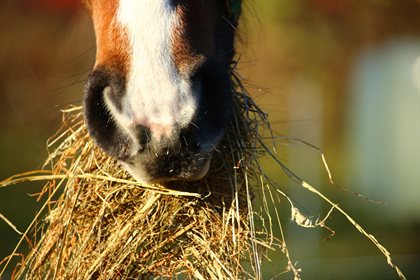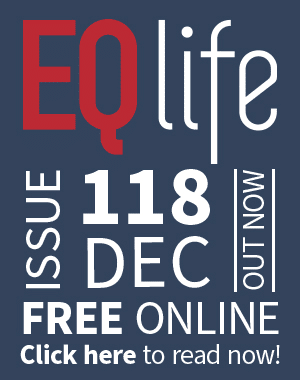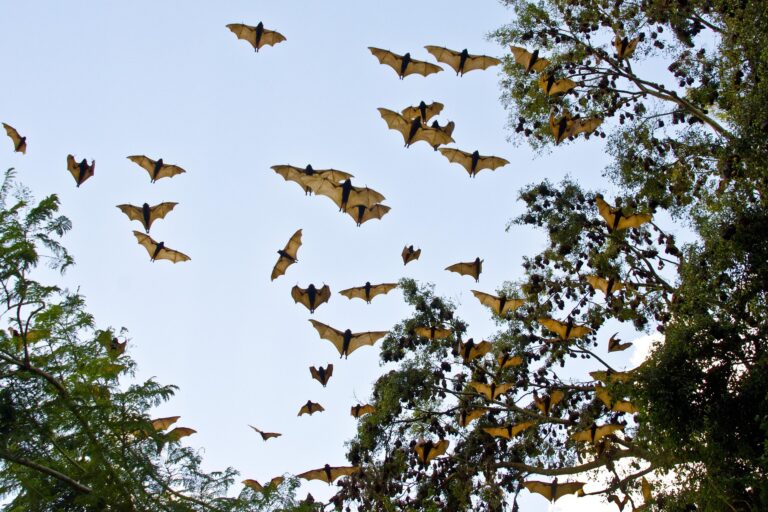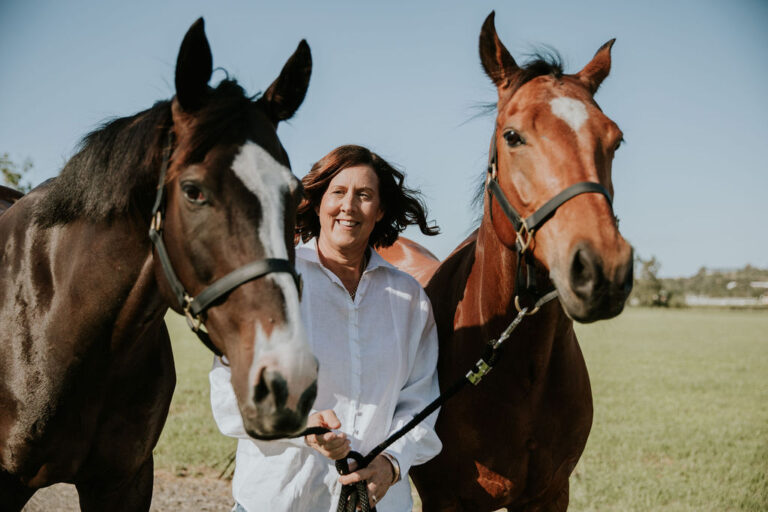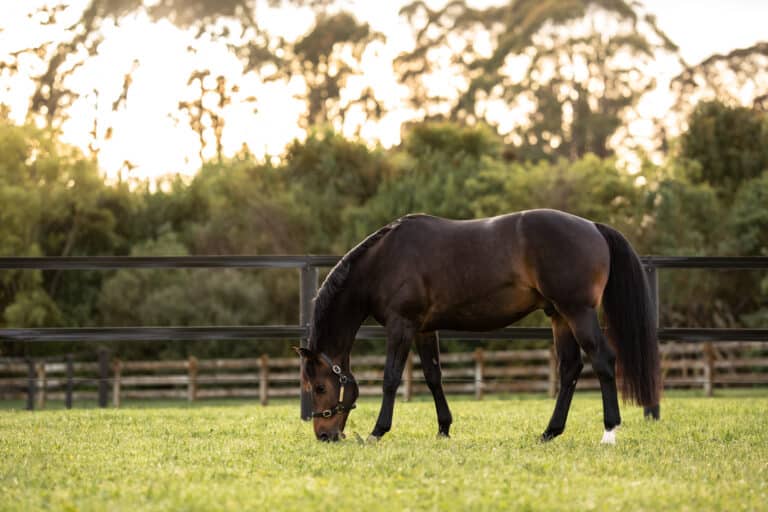This article first appeared in a previous edition of Equestrian Life magazine. To see what is in our latest digital issue, please click here.
It’s important to be able to recognise the signs of bad hay.
By Equestrian Life
During summer, hay is often a necessity in many areas as the grass dries off and paddocks become bare.
Good, cheap hay is often hard to come by. As a horse owner, it’s important to ensure that the hay you buy is of a suitable quality for horses. While it can be tempting to feed out hay you have paid good money for regardless of its condition, it’s important to remember that it’s far better to throw a suspect bale on the garden rather than incur a vet bill!
So how do you pick good hay? Here, we look at the signs to avoid when choosing a bale…
It’s too ‘stalky’. While stalky hay may not necessarily lead to health problems for horses, soft and leafy hay is preferable.
Why? Well, you may have heard people refer to stalky hay as ‘cattle hay’ – and this is for good reason. Cows can digest this type of hay relatively easily; in fact, their ability to digest it only drops off around 1-2% compared to leafier hay.
In contrast, a horse’s ability to digest stalky hay drops off about 20% – which is why they are far better off with leafier hay.
It contains weeds. Depending on where the hay has come from, it is possible that it may contain certain weeds.
Some – such as barley grass – can be harmful to horses as the sharp seeds can become lodged in the gums and between teeth.
In addition, some weeds – such as serrated tussock and Chilean needle grass – are easily spread. Hay can often be the ‘Trojan horse’ that brings noxious weeds onto a property.?

Serrated tussock.
It’s dull or brown in colour. Good hay should be pale green to pale golden in colour. Dull or brown colouring can indicate that the hay has gotten wet during baling.
Bleaching on the outside of the bale is less of an issue; this often happens when a bale is stored on the outside of a haystack and is rarely cause for concern.
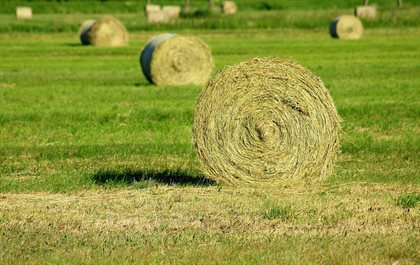
Green, leafy hay in a round bale.
READ THE LATEST NEWS ARTICLES HERE

